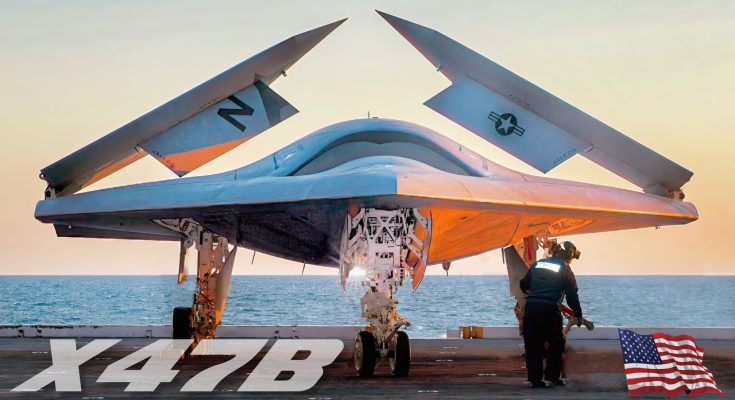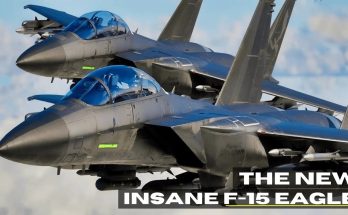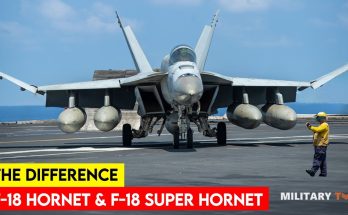The U.S. Navy has been making significant strides in integrating drones into its operations, with a special focus on unmanned aerial systems (UAS) that can launch from aircraft carriers. One of the most notable developments is the MQ-25 Stingray, a refueling drone designed to extend the range of manned fighter jets, marking a milestone in the Navy’s vision of future warfare.
Concept and Design
The MQ-25 Stingray is part of the Navy’s strategy to modernize its carrier-based fleet. The Stingray’s primary mission is aerial refueling, which will help reduce the dependence on traditional carrier-based tankers. In addition to refueling, the drone is also capable of conducting surveillance and intelligence missions. The design incorporates stealth elements, allowing the drone to operate efficiently in contested environments.
The Stingray’s design enables it to launch from and land on an aircraft carrier, making it a revolutionary asset for the Navy. With its wingspan and size, it is comparable to smaller manned aircraft like the F/A-18 Hornet. However, its drone capability eliminates the need for onboard pilots, reducing both human and operational risks.
Launching the Drone
The process of launching a massive billion-dollar drone like the MQ-25 from an aircraft carrier requires a combination of advanced technology, precision, and coordination. The aircraft carrier provides the platform for the drone’s launch and recovery, similar to the way fighter jets take off and land.
- Preparation and Setup: Before launch, the drone undergoes thorough checks. The drone is positioned on the flight deck, which is a space packed with aircraft and complex machinery. The crew ensures that all components are functioning correctly. The aircraft carrier’s flight deck crew, including aviation boatswain’s mates (ABMs), prepare the catapult system and ensure the flight path is clear.
- Catapult Launch: The MQ-25 is launched using an electromagnetic aircraft launch system (EMALS) or a steam-powered catapult system. The EMALS system is a new technology that replaces the traditional steam catapult, providing smoother and more controlled launches. It uses linear motors to propel the drone off the carrier with immense speed, allowing it to take off quickly without requiring the runway length of a land-based airfield.
- In-Flight Operation: Once airborne, the MQ-25 operates autonomously, with operators on the ground or onboard the carrier controlling the drone via satellite or radio communication. The drone’s advanced navigation systems, including GPS and sensors, allow it to carry out its missions with minimal human intervention. The MQ-25 can fly at altitudes of 30,000 feet and speeds of 300 knots (around 350 mph), depending on the mission.
- Recovery: Upon completion of its mission, the MQ-25 returns to the carrier, where it lands using a tailhook system that catches a cable on the flight deck, slowing the drone down. The aircraft carrier’s arresting gear system is vital for this process, as it allows even large aircraft to land safely on the small, confined space of the carrier deck.
Future and Strategic Implications
The U.S. Navy’s investment in drones like the MQ-25 represents a significant shift in naval warfare. Drones provide several advantages over manned aircraft, including reduced operational costs, the ability to operate in high-risk environments without endangering pilots, and the ability to stay on station for extended periods.
The integration of unmanned aerial systems will also allow the Navy to free up human resources for other tasks. Drones can perform time-consuming or dangerous operations, such as refueling fighter jets, that would otherwise require manned planes.
The potential of drones in naval operations goes beyond just refueling. The Navy is exploring additional roles for drones, including reconnaissance, electronic warfare, and combat support, making them versatile assets that enhance the capabilities of the carrier strike group.
In conclusion, launching a massive, billion-dollar drone like the MQ-25 Stingray from an aircraft carrier involves high-tech systems and meticulous planning. The Navy’s investment in such unmanned systems ensures that the U.S. maintains a technological edge, ensuring its power projection capabilities for years to come.



